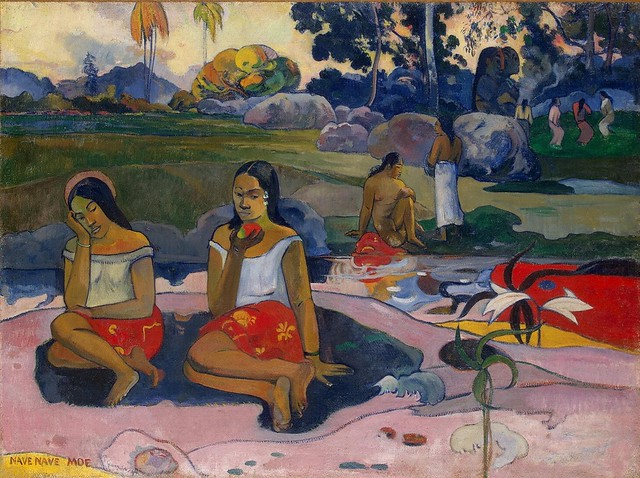A disturbing news story was published in Tahiti Infos on Tuesday last week about the existence of sexual violence against Tahitian children on the major islands of Tahiti and Moorea. The article included analyses by experts and remedies for the scourge of pedophilia.

Two Tahitian organizations—the Compagnie du Caméléon and the Colosse aux Pieds d’Argile—have established on Moorea and Tahiti awareness programs about pedophilia designed for professionals who are active with young people. The objective of the programs is to foster awareness of the existence of sexual violence against children and to suggest appropriate patterns of behavior for the professionals when they are faced. with it.
The Colosse aux Pieds d’Argile was founded in 2013 with a special focus on combatting pedophilia in sports. Its mission is training people who supervise children so they can better help young victims of the scourge. The Colosse helped set up special training programs from January 11 through the 21st.
Several topics were covered during the inaugural program on the evening of January 11. About 20 people coming from backgrounds such as social affairs and health attended. They learned about the traumas experienced by the young victims, warning signs to watch for, and typical profiles of sexual predators. They also discussed how to protect themselves from false claims of pedophilia.

The article quotes Fabien Lefèvre, a member of Colosse aux Pieds d’Argile, who said that a lot of cases of pedophilia have not been revealed because it is still a taboo subject among the Tahitian people. Adults and children tend to avoid denouncing known incidents because they fear the consequences for the families involved. Lefèvre urged attendees to speak up, however, because there can be a lot of self-destruction from keeping it hidden.
Roohianuu Douyere, President of the U’i Mana Project, praised the program as very interesting and worthwhile. In the words of the Google translation, Douyere said “these meetings allow us to share our experiences and we realize that the associative and sports fabric are important resources in the fight and prevention of sexual violence.”
The author of the article interviewed Clémentine Flages, a psychosomatotherapist, who also expressed positive reactions to the sessions. Flages urged Tahitians to break the barriers of silence around pedophilia. It would be better handled if the taboos about confronting the issue were abandoned and if people, especially professionals, could discuss it more openly and effectively.

One can search the standard ethnography of the Tahitians (Levy 1973) without finding any mention of pedophilia. Levy did some fieldwork on the main island in the Society Islands archipelago, Tahiti island, and in a smaller, much more remote community on Huahine island. He didn’t hesitate to carefully describe sexual practices such as homosexuality, and he carefully detailed the habits of men and women to cover their nakedness, and that of their small children (p.111-113).
But he did not mention pedophilia, which undoubtedly existed—recall Gauguin and his child “wife.” In any case, it is clear that at least some Tahitians are taking strong action against it today.